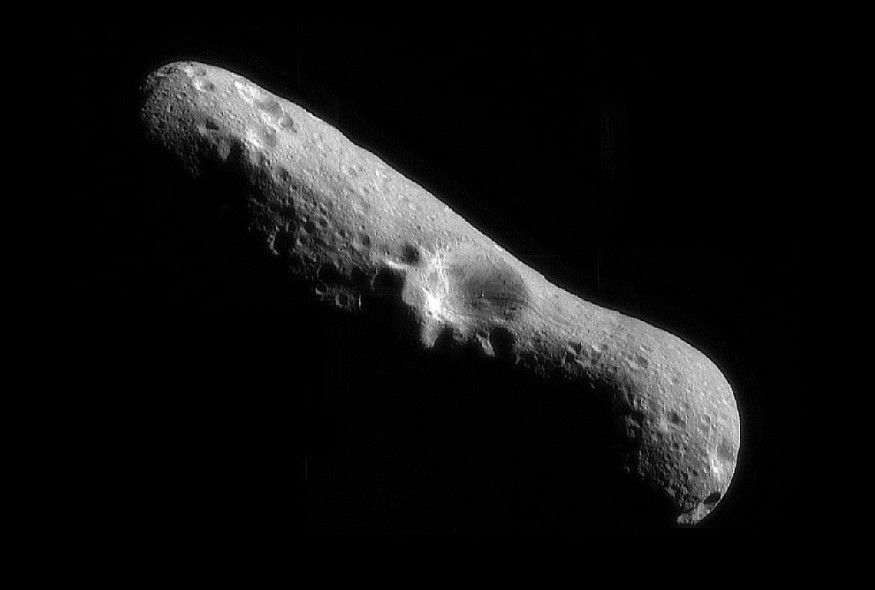
Scientists believe that the asteroid break-ups and rain of meteorites to Earth recorded from 500 million years ago unravels insights of how to protect Earth from future asteroid impacts, and the kind of material that it is likely made of.
According to Birger Schmitz, geologist of Lund University in Sweden, the 'meteorite flux' over the last 500 million years was connected to dramatic events in the asteroid belt. Researchers of the study negated theories that major collisions in the asteroid belt in the past affected Earth in a great extent. As a matter of fact, the meteorite flux was described to have been 'very stable' by the research team after tracking and analyzing 18,704 lbs of sedimentary rock from an ancient seabed.
Tracking the Earth's meteorite history was a challenge for the team especially in locating very rare craters of where the impact had happened. In addition, they were left with space debris to collect and analyze due to dismantled space rocks upon entering the Earth's atmosphere.
Meteorites Fluxes are Stable
The team collected ten tonnes of sedimentary rocks from ancient seabeds and dissolved them in strong acids to extract residue from the meteorites dating back to when they fell to Earth. Its chromium oxide component makes the rock resistant to wearing down.
"The dissolved sediment represents 15 periods over the past 500 million years. In total, we have extracted chromium oxide from almost 10 000 different meteorites. Chemical analyses then enabled us to determine which types of meteorites the grains represent", says Birger Schmitz.
The asteroid belt between Jupiter and Mars is the main source of extraterrestrial material that lands on Earth. The team was surprised to find that only one of the 70 largest asteroid collisions from over a period of 500 million years showed increased flux of meteorites to Earth and inadvertently, the asteroid belt just held most rocks.
This overthrows the current belief that major collisions in the asteroid belt have increased the number of meteorites that falls to Earth significantly.
Understanding Earth's Meteorite Impact History
The study does not only falsify the generally accepted and existing theories about meteorite flux, but also provides a new perspective in understanding Earth's meteorite impact history. This understanding will create an opportunity for researchers to examine more the trails of the past, and apply them to future impacts, like what particular celestial body is in grave danger and put at risk due to Earth's collisions and where in the solar system they came from originally.
For instance, 66 million years ago, a 10-kilometer sized celestial body collided with Earth and hit the Yucatán Peninsula, which led to dinosaurs' extinction as they starved when the Earth darkened.
Schmitz and his team of researchers hope to use their study in predicting future impacts from even a small asteroid by attempting to influence the trajectory of rapidly approaching celestial bodies.
© 2025 NatureWorldNews.com All rights reserved. Do not reproduce without permission.





